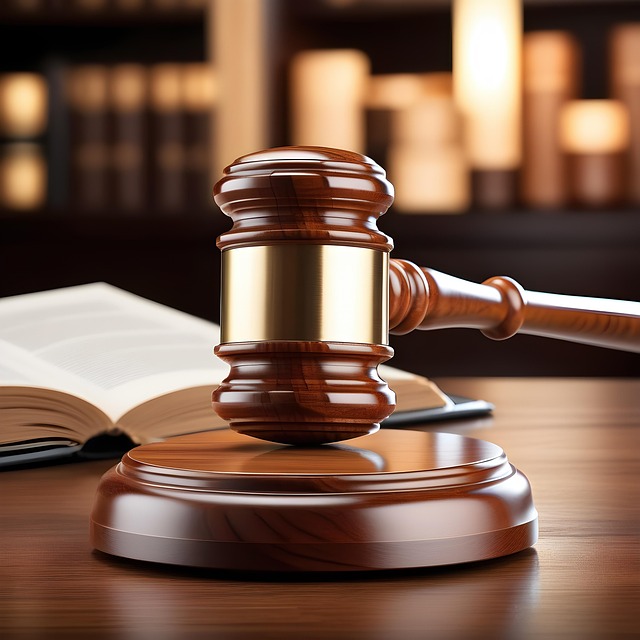C-Level investigations are in-depth probes into high-profile corporate issues, contrasting administrative processes focused on compliance. These inquiries involve complex civil lawsuits with significant financial implications, examining alleged misconduct by top leadership. While administrative proceedings, initiated by regulatory bodies, target potential misconduct in regulated sectors and can result in fines or license revocations, civil lawsuits address private disputes between parties, potentially leading to substantial damages and criminal charges for leaders. Understanding the differences between these processes is crucial for businesses and C-suite professionals to mitigate risks, protect reputations, and navigate high-stakes cases effectively.
In the corporate world, C-level investigations are crucial in navigating complex legal landscapes. This article delves into the intricate details of two primary proceedings: administrative and civil. We explore their distinct scopes, triggers, and implications for executives. Understanding these differences is vital for C-suite professionals to manage potential risks effectively. From administrative sanctions to civil liabilities, this guide illuminates key distinctions, ensuring leaders are prepared to face any challenge.
- Understanding C-Level Investigations: Uncovering the Scope and Nature
- Administrative Proceedings: Process, Triggers, and Implications for Executives
- Civil Proceedings: Legal Battles, Liability, and Potential Consequences for Top-Tier Leadership
- Key Differences: Navigating Administrative vs. Civil Investigations for C-Suite Professionals
Understanding C-Level Investigations: Uncovering the Scope and Nature
C-Level investigations delve into high-stakes matters involving corporate leadership and decision-making. Unlike administrative proceedings focused on regulatory compliance and enforcement, these inquiries often stem from complex civil lawsuits with significant financial implications. They uncover alleged misconduct, fraud, breach of fiduciary duty, or other wrongdoings attributed to top executives, requiring meticulous examination of intricate business dealings and strategic decisions.
Understanding the nuances of C-Level investigations is crucial for businesses across the country. The scope encompasses not only examining documents and financial records but also interviewing key stakeholders, analyzing corporate policies and procedures, and reconstructing events surrounding controversial decisions or alleged unethical practices. Ultimately, these investigations aim to determine liability, assess damages, and facilitate winning challenging defense verdicts in court, protecting the respective business interests involved.
Administrative Proceedings: Process, Triggers, and Implications for Executives
Administrative proceedings differ significantly from civil lawsuits. While both involve formal investigations and potential penalties, administrative processes are typically initiated by regulatory bodies to enforce specific laws or regulations. These proceedings often target businesses or individuals suspected of misconduct in regulated sectors like healthcare, finance, or environmental protection. Unlike civil lawsuits that focus on resolving private disputes, administrative actions aim to rectify violations and ensure compliance with public policies.
Triggers for administrative investigations can vary widely, from anonymous complaints to patterns of non-compliance identified by regulators. The implications for executives involved can be severe, leading to substantial fines, licensing revocations, or even criminal charges in cases of white-collar and economic crimes across the country. As such, understanding these proceedings is crucial for businesses aiming to mitigate risks and protect their reputation in high-stakes cases.
Civil Proceedings: Legal Battles, Liability, and Potential Consequences for Top-Tier Leadership
In the realm of corporate governance, when C-level investigations are launched, it often ushers in a legal battle under civil proceedings. This is distinct from administrative processes as it deals directly with liability and potential consequences for top-tier leadership. Unlike administrative actions that focus on regulatory compliance and enforcement, civil proceedings involve private parties seeking redress through courts, focusing on damages and remedies. The unique aspect of these cases is the high-stakes nature, often pitting companies against each other or individuals against corporations, reflecting complex relationships within philanthropic and political communities.
The consequences can be far-reaching, with an unprecedented track record of legal precedents set in similar cases. Top leaders may face personal liability for their actions, leading to substantial financial repercussions and damage to their reputation. The intricate web of these high-stakes cases demands meticulous navigation, as the outcomes can shape business strategies and public perception, underscoring the critical importance of understanding both administrative and civil proceedings in the corporate landscape.
Key Differences: Navigating Administrative vs. Civil Investigations for C-Suite Professionals
When a C-suite professional finds themselves at the center of an investigation, understanding the key differences between administrative and civil proceedings is crucial. While both involve scrutinizing actions and decisions, their scopes, objectives, and potential outcomes significantly diverge. Administrative investigations are typically internal processes led by regulatory bodies or government agencies to ensure compliance with rules and policies. These inquiries often result in non-criminal sanctions like fines or license revocations, focusing on regulatory accountability rather than criminal culpability.
On the other hand, civil investigations delve into potential legal wrongdoings with the aim of determining liability and seeking damages. Unlike administrative proceedings, these investigations can lead to criminal charges if evidence substantiates criminal behavior. Across the country, C-level professionals must navigate all stages of the investigative and enforcement process, from initial inquiries to court appearances, employing a robust general criminal defense strategy. The distinction lies not only in potential penalties but also in the rights and procedures involved, demanding tailored approaches for effective navigation.
In navigating the complex landscape of C-level investigations, understanding the nuances between administrative and civil proceedings is paramount. While both involve scrutiny of executive conduct, their distinct processes, triggers, and potential consequences set them apart. Knowing these differences empowers top-tier leadership to proactively manage risks, ensure due process, and mitigate potential liabilities, ultimately fostering a culture of accountability and transparency.






